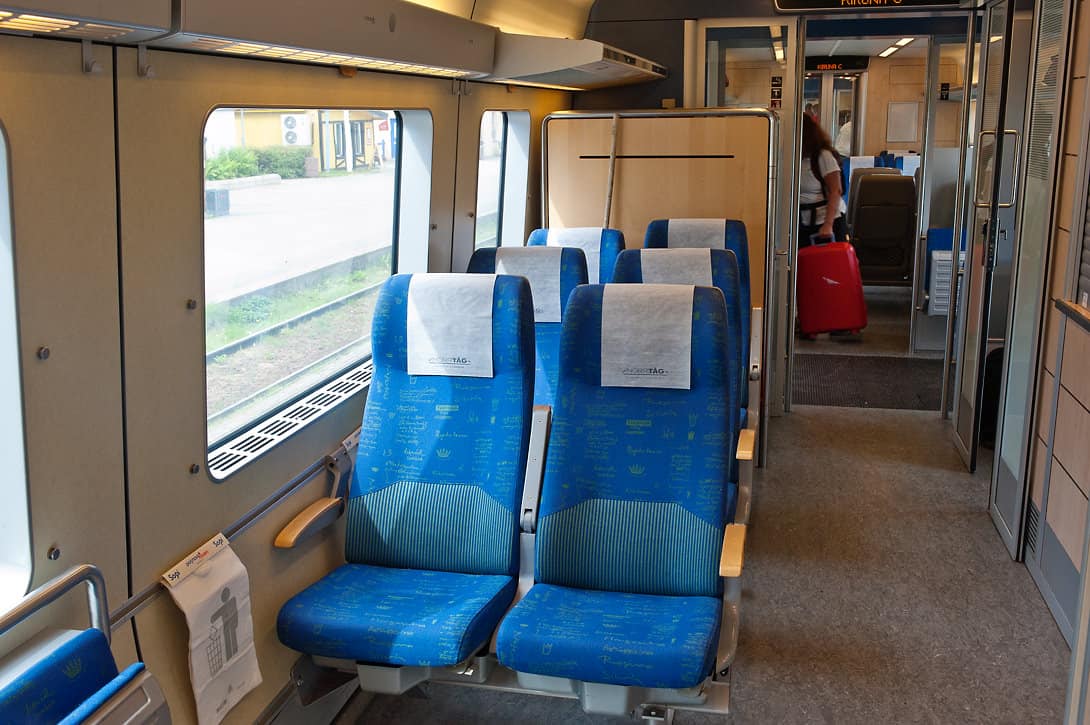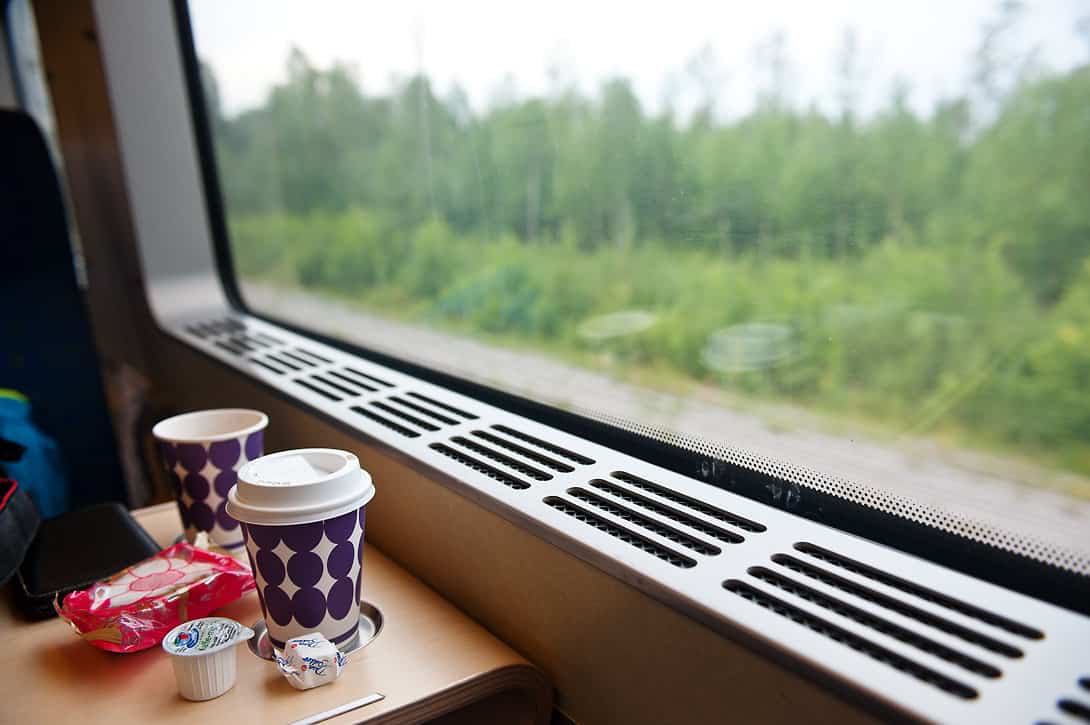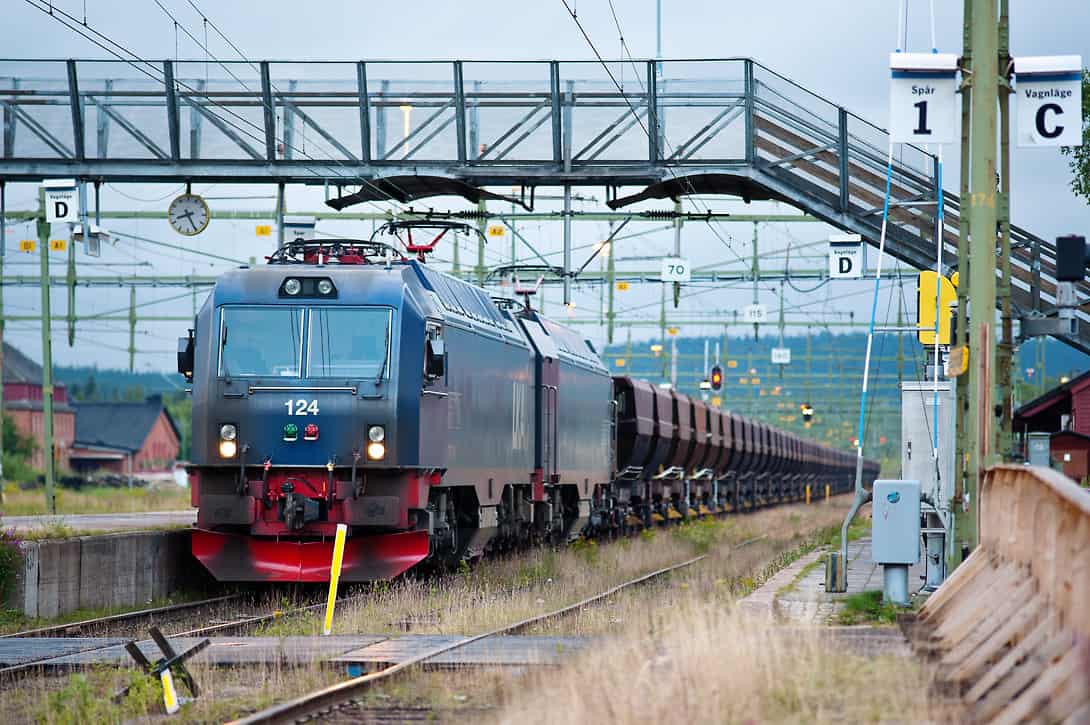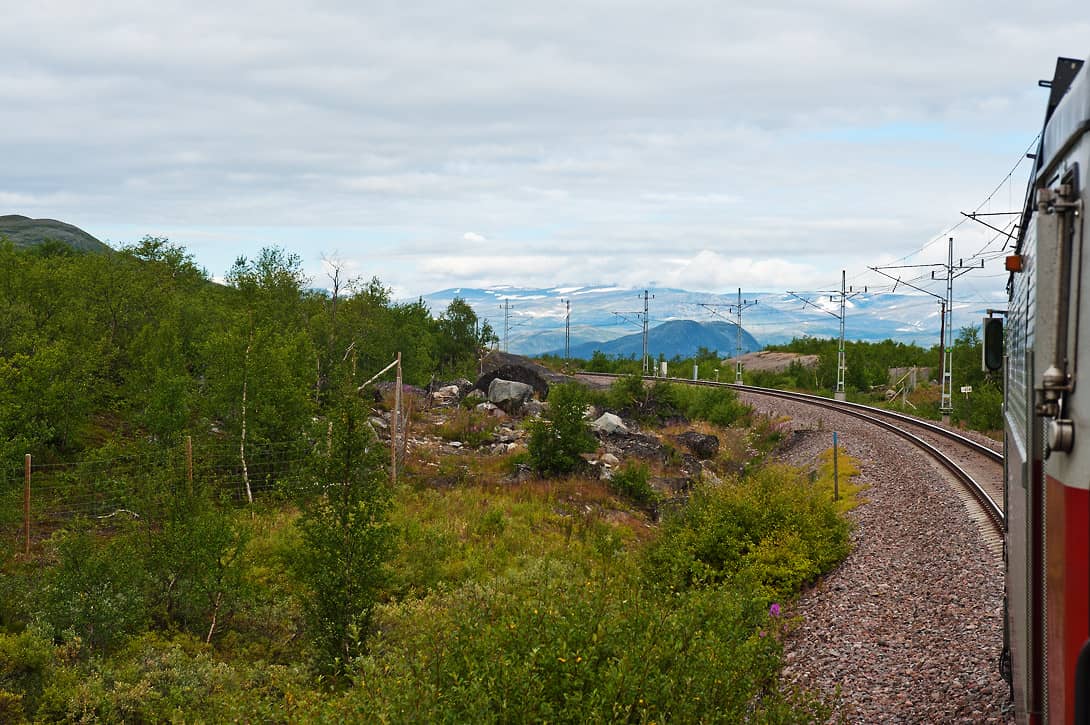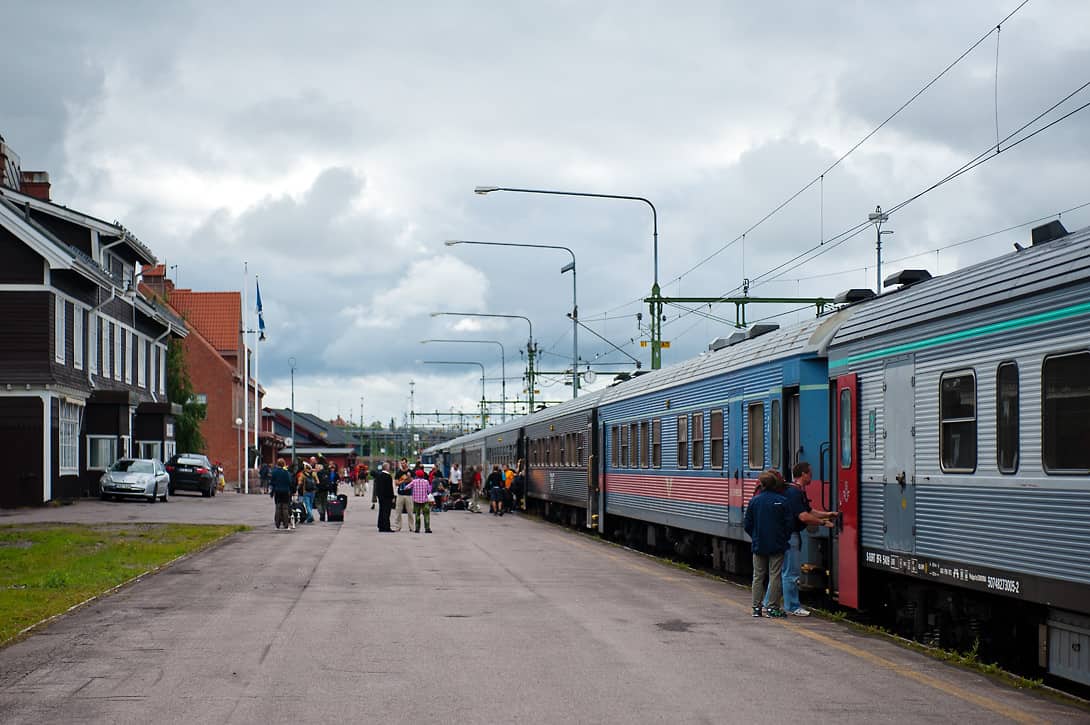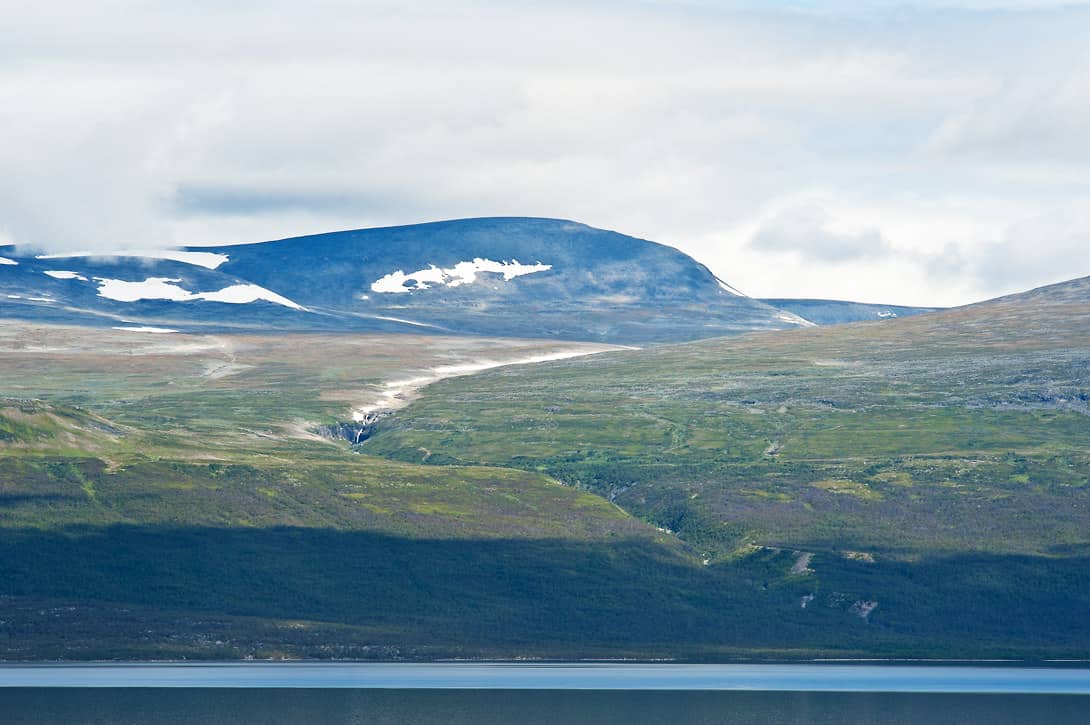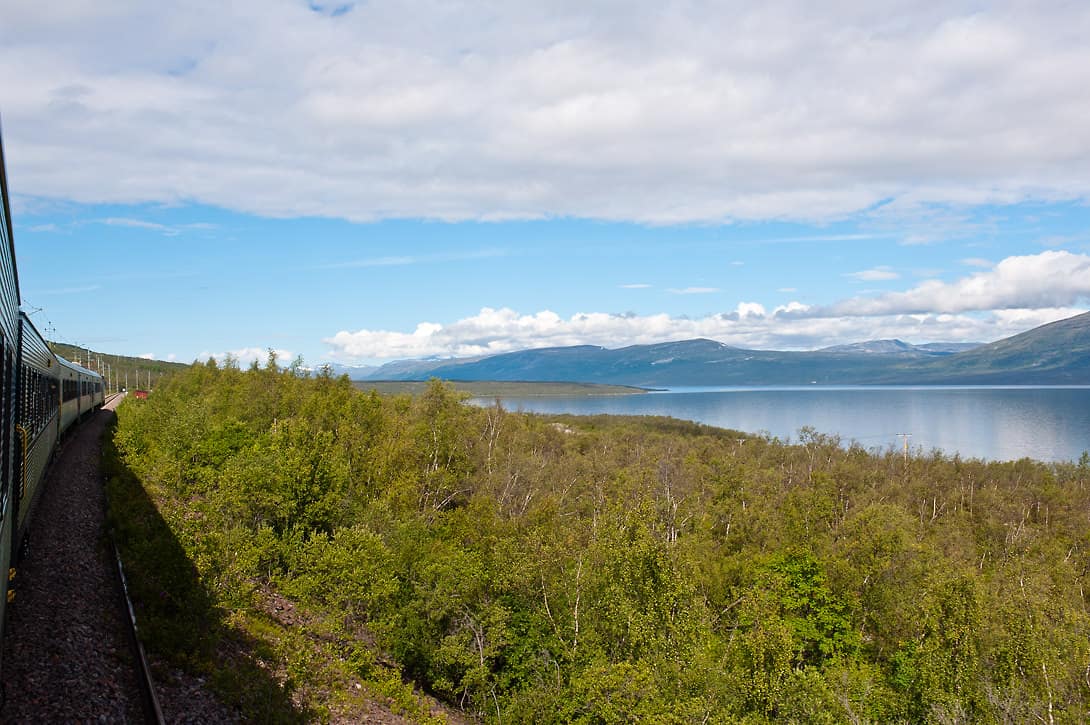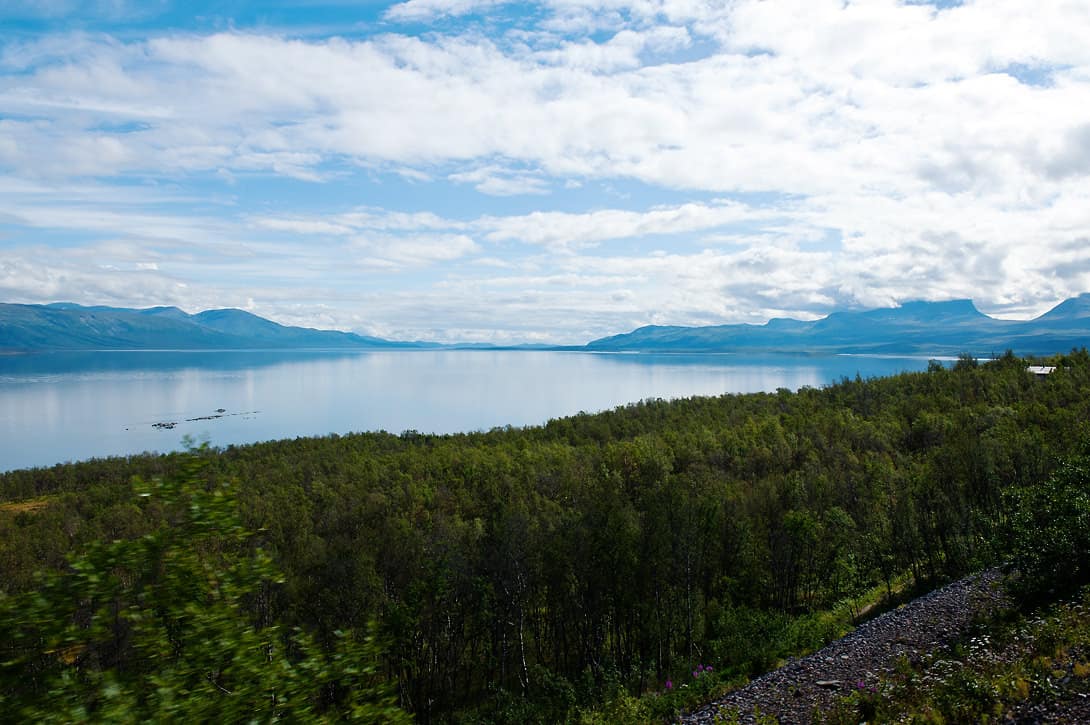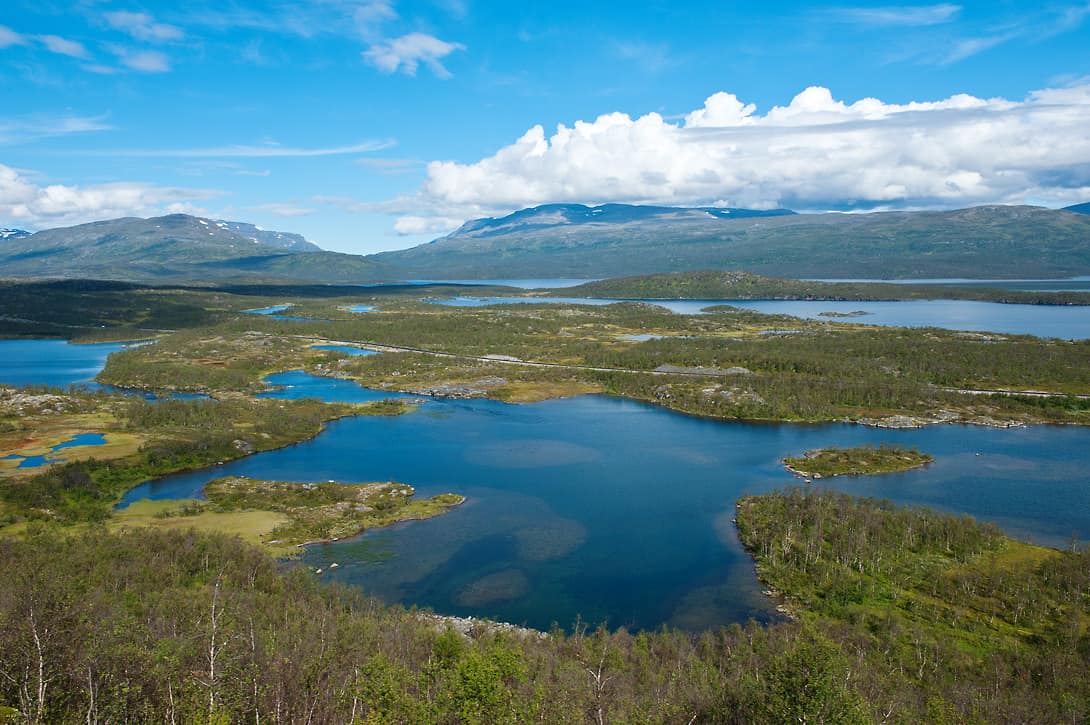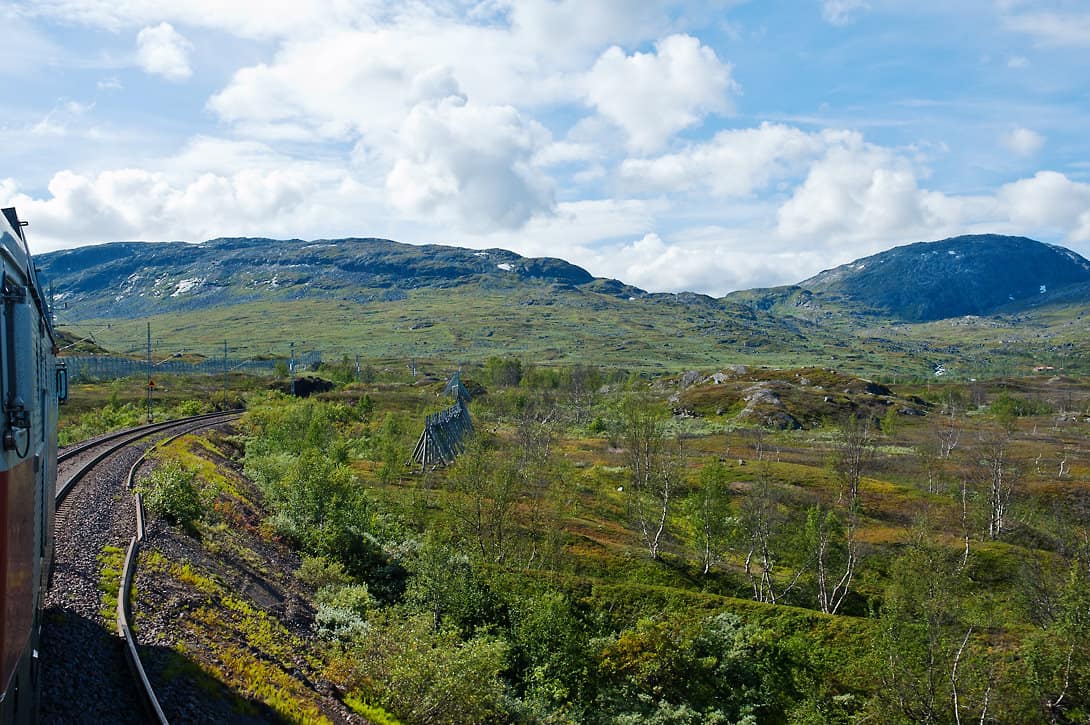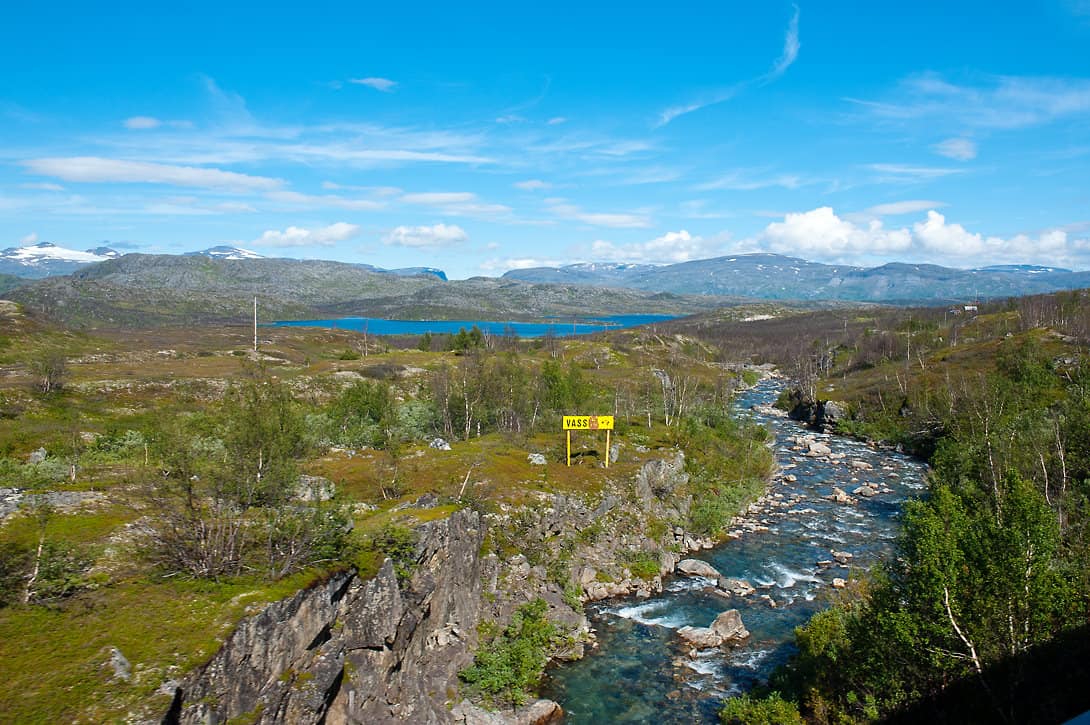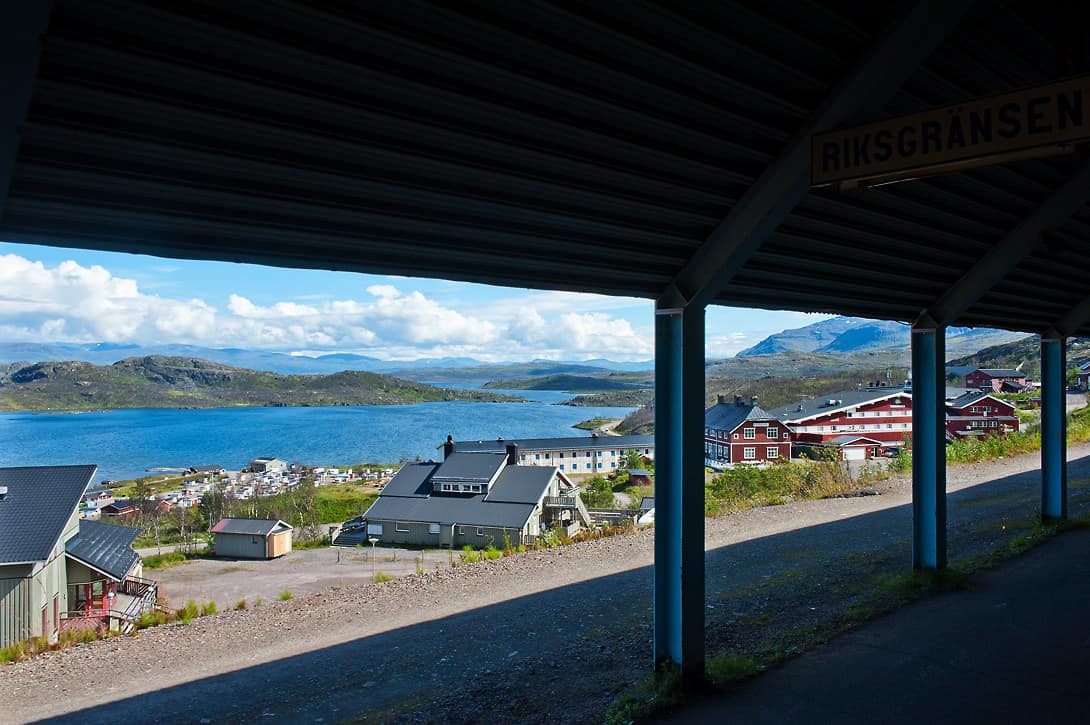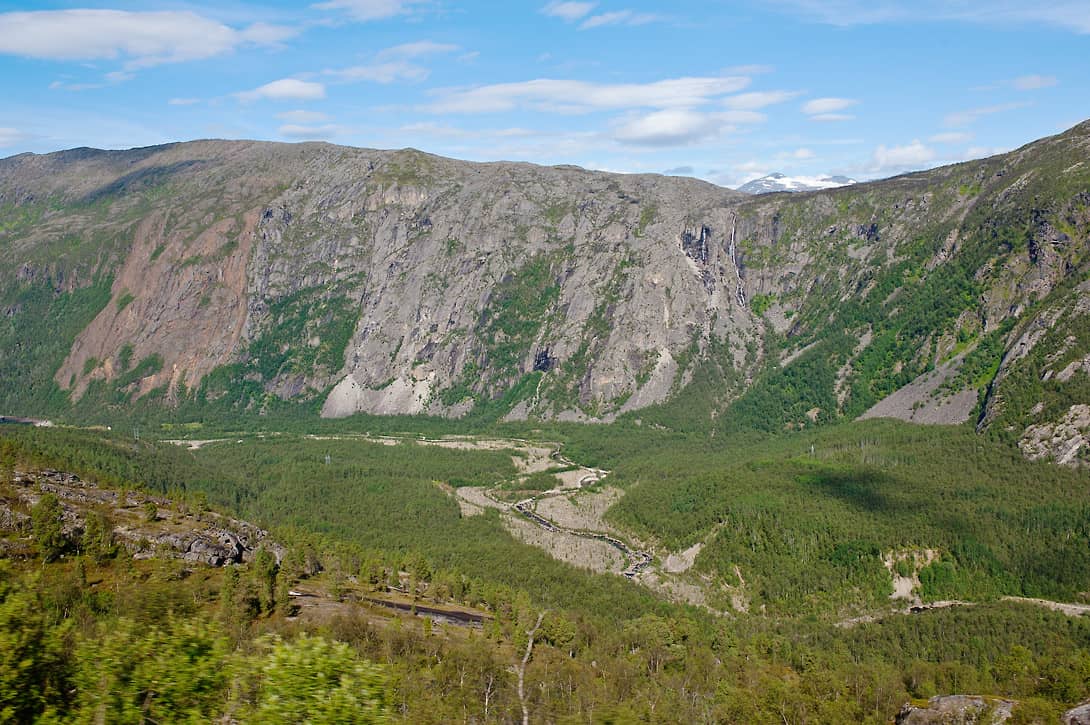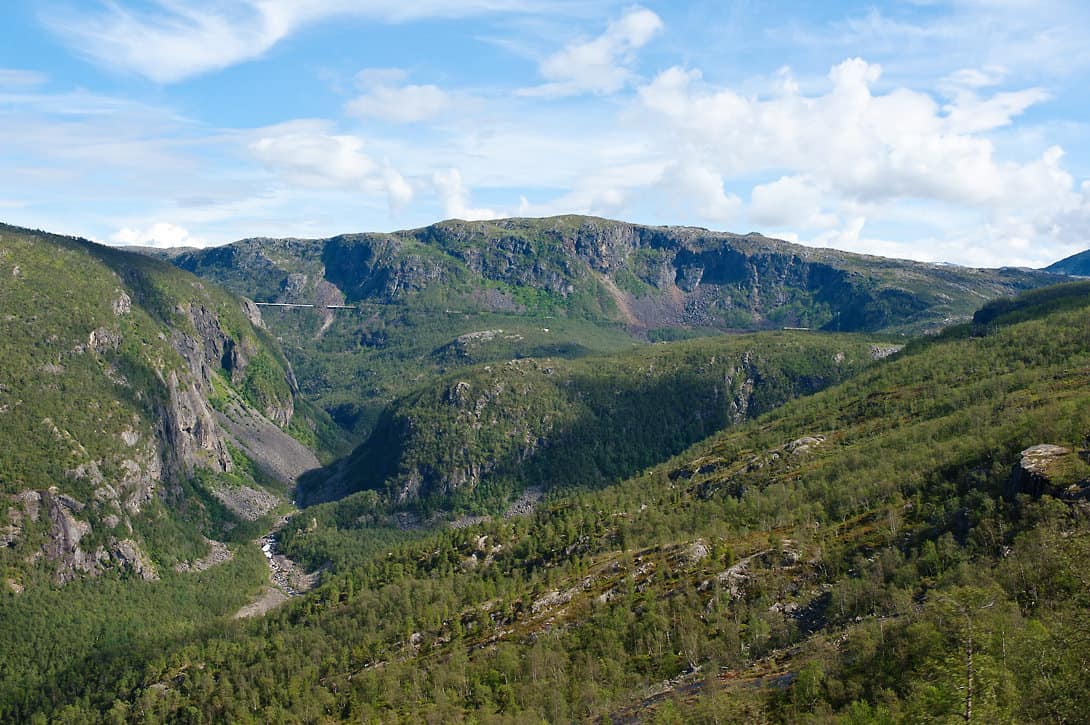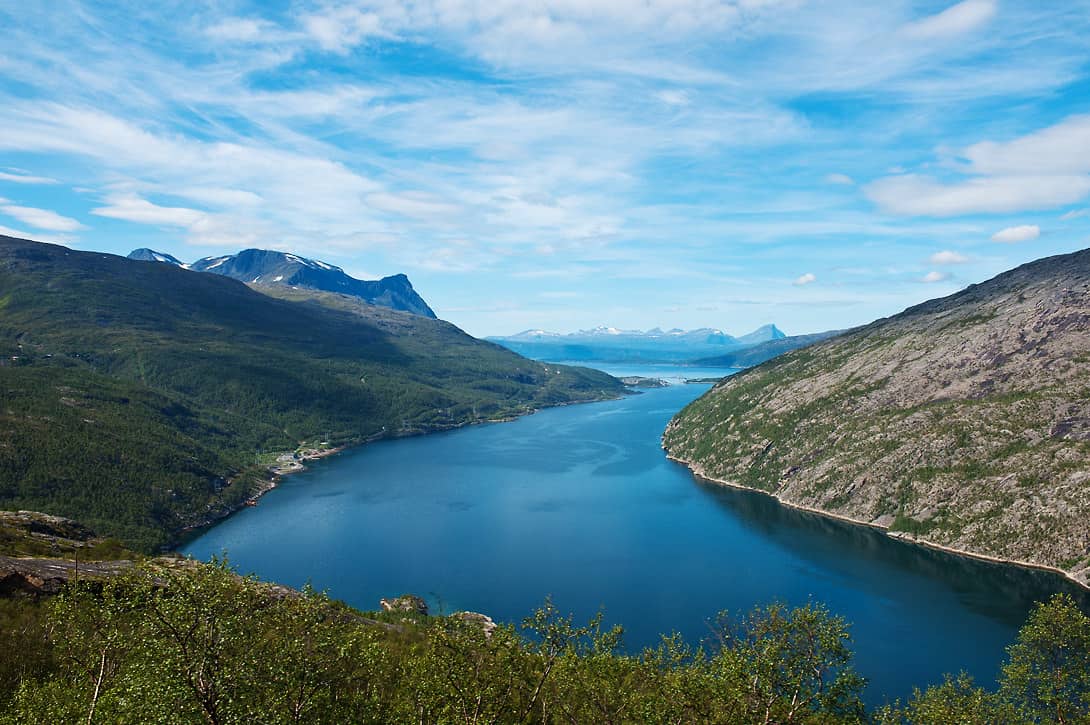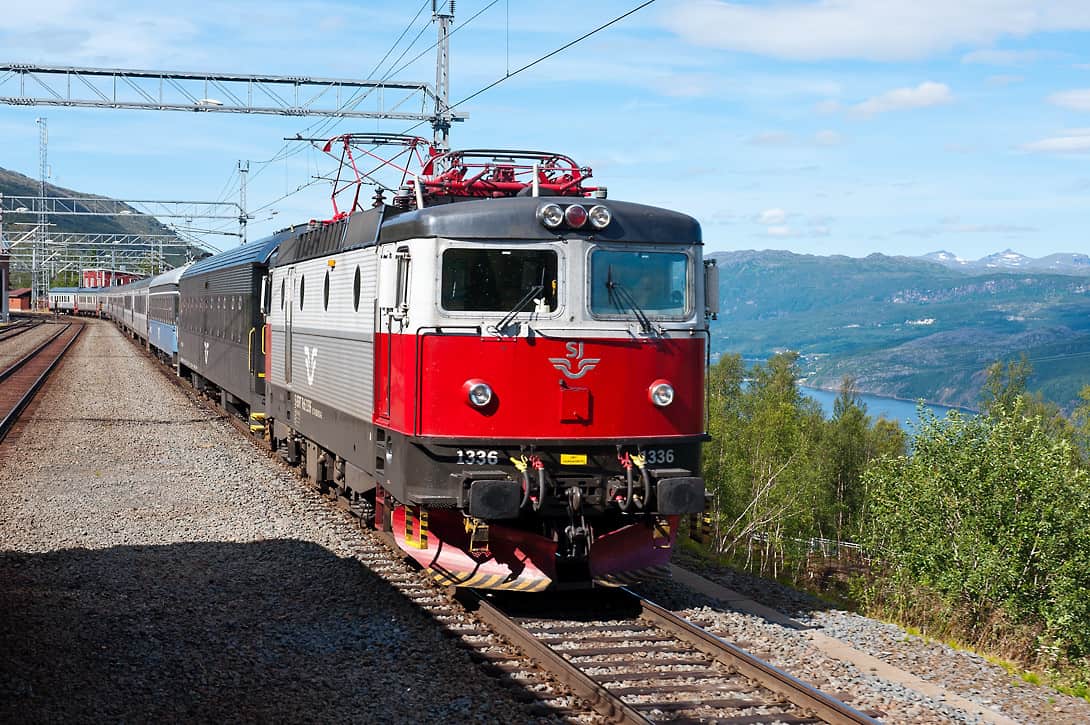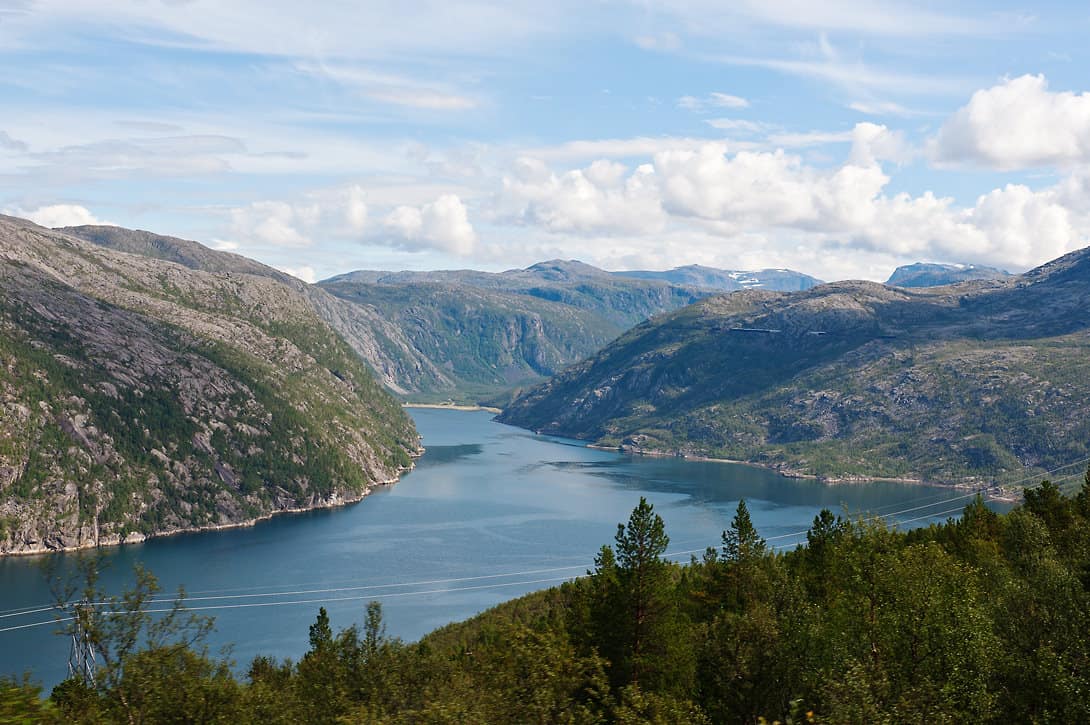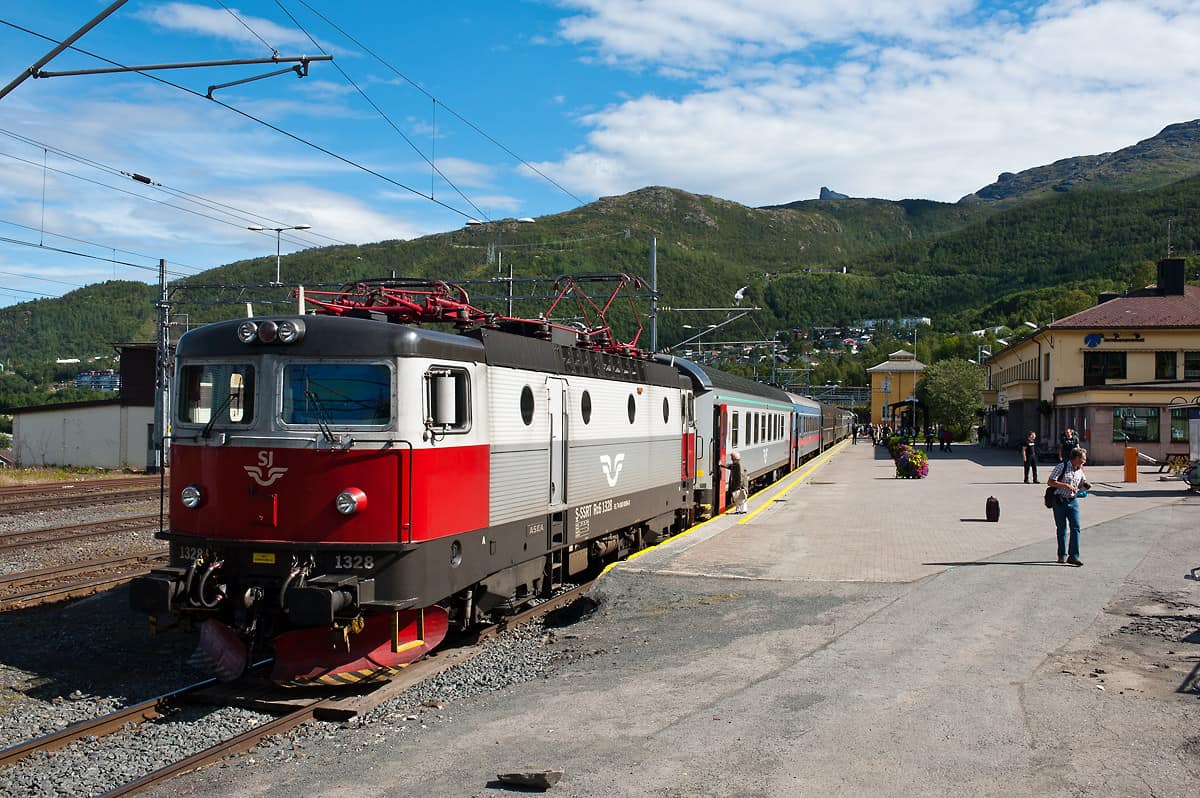The 473 kilometres long Iron Ore Line from Luleå in Sweden to Narvik in Norway is another stunning railway on par with other routes such as the Bernina Railway or the Flåm Railway. From Luleå on the Baltic Sea it will take you through the endless forests of Sweden and across the Scandinavian Mountains before finally descending to Narvik on Ofotfjord.
The main reason to build the line was to connect the iron ore mines around Kiruna and Gällivare with the harbours of Luleå on the Baltic Sea and, more importantly, the ice-free harbour of Narvik on the Norwegian Sea. Thus, traffic is dominated by the super-heavy iron ore trains (8,600 tonne, 68 cars) of Malmtrafik, the railway subsidiary of mining company LKAB. Luckily though for us railway travellers there are also passenger services remaining on the route.
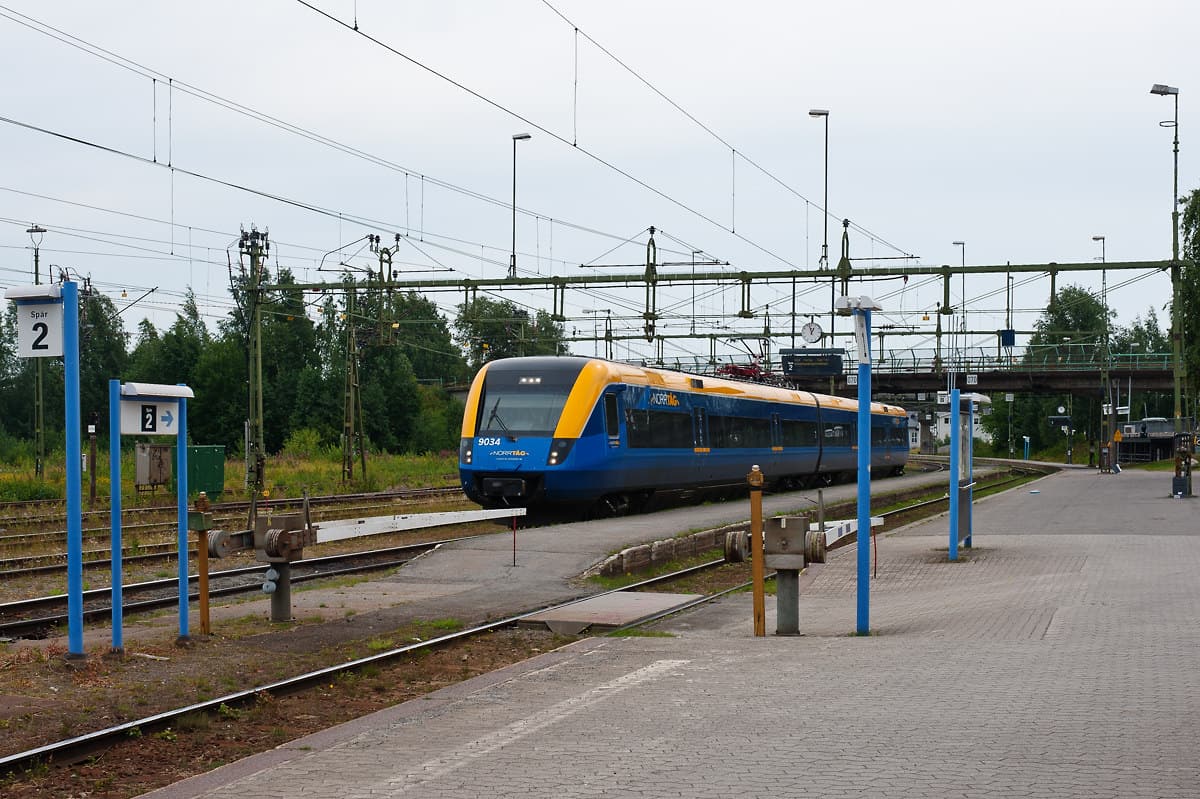
Timetables and Tickets for the route from Lulea to Narvik
There are two daily trains on the whole route from Luleå to Narvik, operated by SJ. One of these trains runs combined with the night train from Stockholm between Boden and Narvik. Additional services operated by Norrtåg run between Luleå and Kiruna.
Luleå - Gällivare - Kiruna Narvik train schedule 2019
Regular online tickets can also be bought on ACPRail or directly at the website of SJ. Prices for a single trip from Luleå to Narvik can considerably vary from 15 Euro to about 60 Euro depending on when you book, the day of travel and which kinds of refunds and exchange are allowed.
When travelling with a rail pass (Interrail/Eurail), no seat reservation is required. This also applies if you are travelling on the night train to/from Stockholm (as long as you use it for travel during the day; if you travel overnight to/from Stockholm a reservation would be required). The Interrail and Eurail passes are available here.
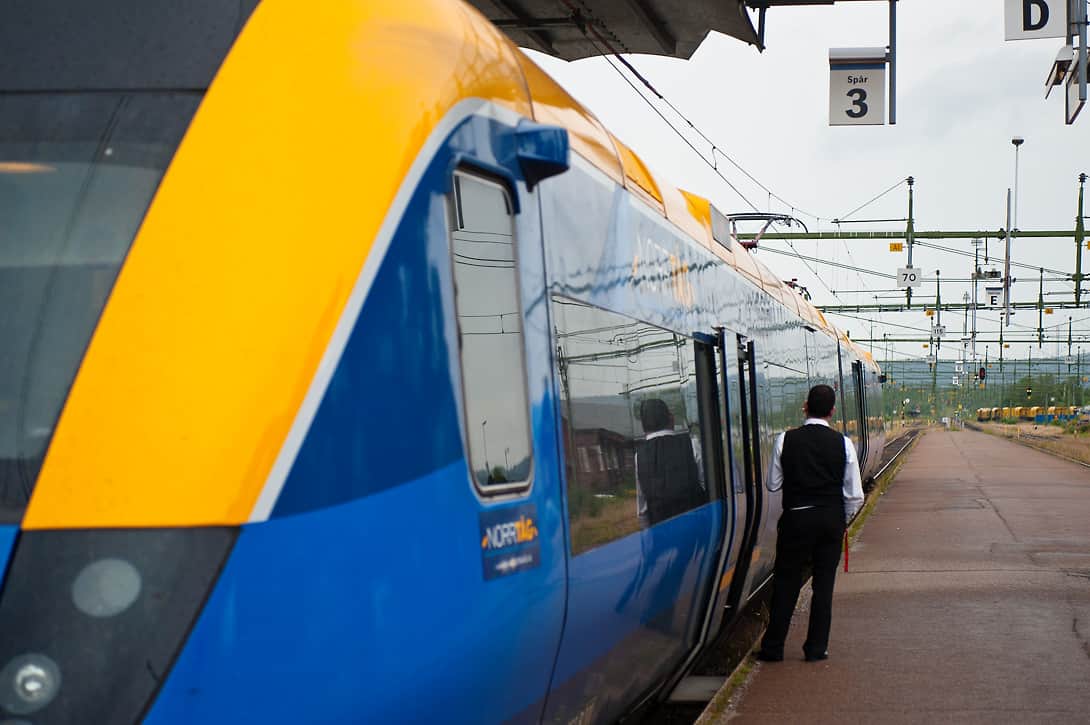
To be honest, the first 200 kilometres from Luleå to Gällivare are not that spectacular, where the line is mostly running through the thick forests of Norrbotten and Lappland. Gällivare is the northern terminus of the Inland Line and an overnight stay is obligatory for all travellers who want to change here between the two lines.
After Gällivare the scenery slowly changes, vegetations gets sparser and slowly the Scandinavian Mountains begin to rise in the distance. 100 kilometres from Gällivare the line reaches Kiruna where the influence of the excessive mining can be seen everywhere: the mountains Kiirunavaara and Luossavaara with its iron ore mines (the latter one now abandoned and used as a skiing slope) and the huge mining complexes dominate the city. Due to the ongoing mining underground the whole city is going to be moved several kilometres during the following years. Last summer the old station has been closed already, the trains now stopping and changing direction at a temporary platform further away from town.
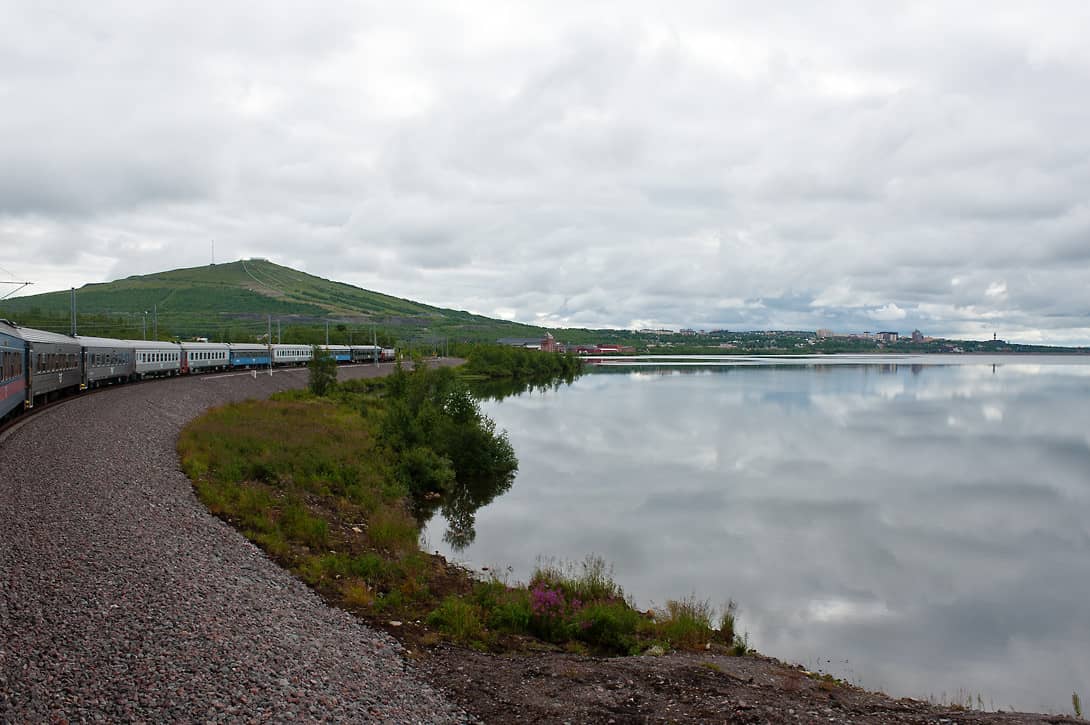
Now it gets interesting! After the train reverses in Kiruna, the line continues to the north and after a while reaches Torneträsk, a big lake at whose southern shore it now will run for a while. At the southeast end of the lake, Torne Älv rises, this river flowing more than 500 kilometres to the Baltic Sea and forming the Swedish-Finnish border for most of its length. Have a look at the picture of the river here. About mid-way along the shore of Torneträsk the train stops at Absiko, starting point of the Kungsleden hiking trail to the south, entrance to the Abisko national park as well as ski resort. Make sure to leave at the correct station as there are two in Absiko: Östra and Turiststation. Behind Abisko the train stops again at several small villages, which today mostly are all-year holiday resorts similar to Abisko: Björkliden, Katterakk and finally Riksgränsen, the border station to Norway.
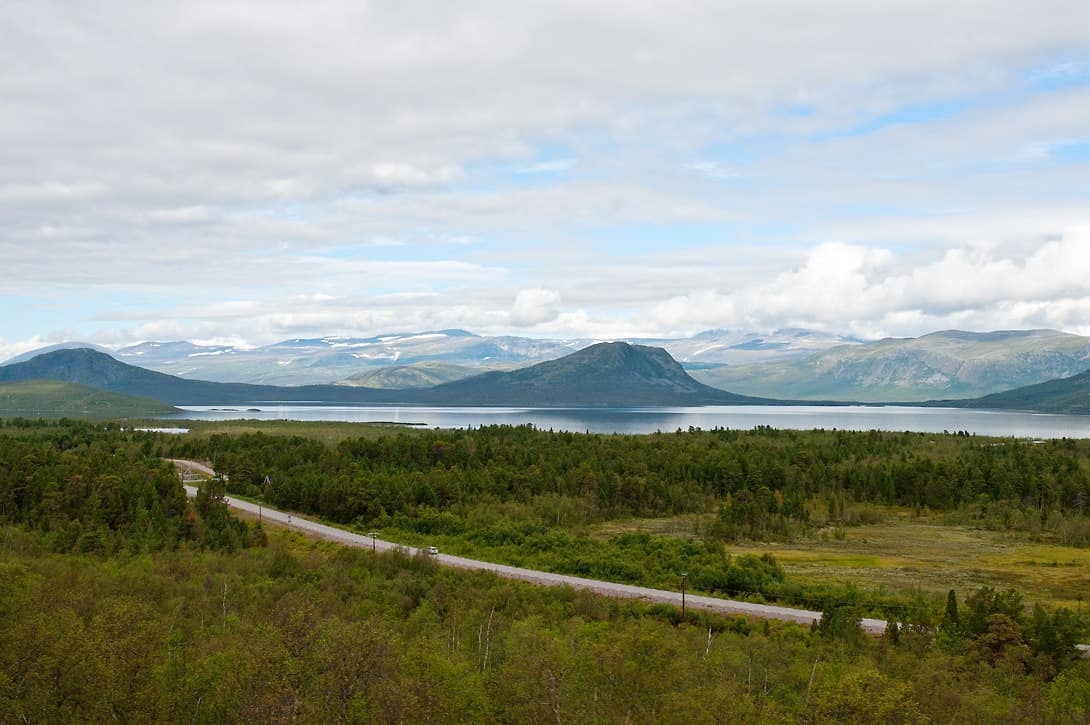
Soon behind Riksgränsen the scenery begins to change again as the line begins to wind down to Narvik. During the last kilometres it runs high above Rombaksfjord providing stunning views. The descent to Narvik takes about one hour, then, more than 20 hours after leaving Stockholm, the train finally arrives at Narvik, northernmost station served by passenger trains in Europe. From here you have bus connections to all parts of Norway: You can get to Bodo (with connection to the railway line to Trondheim at Fauske), to Lofoten as well to the far north to Tromsö and Kirkenes.
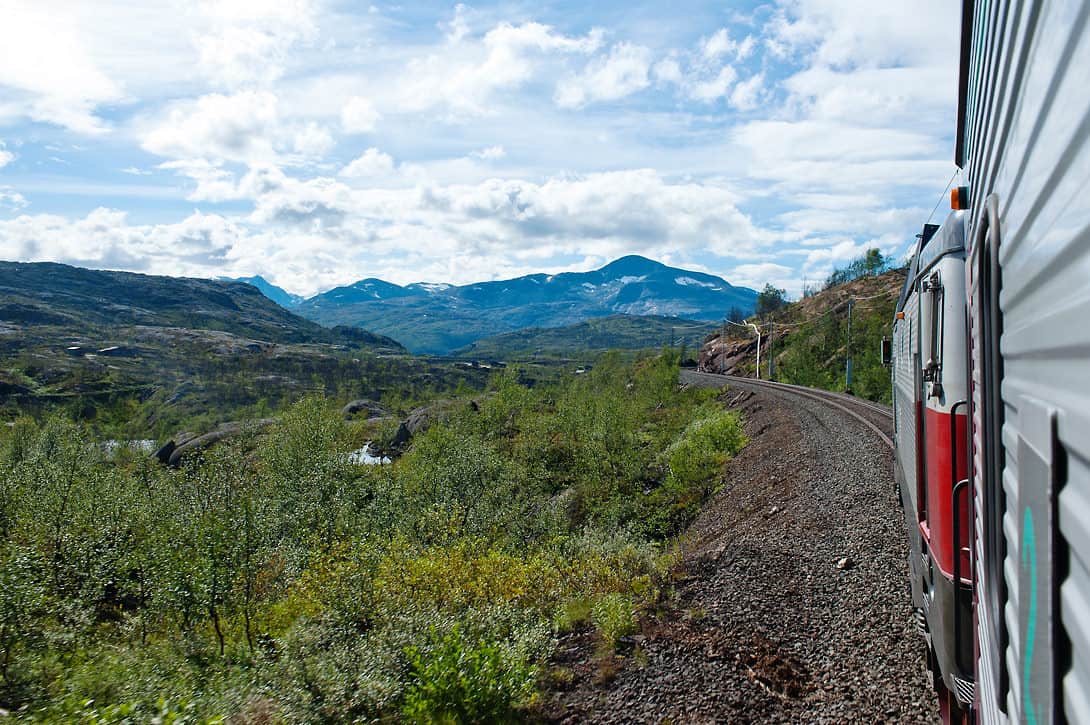
Update: April 2018
👁 21915

